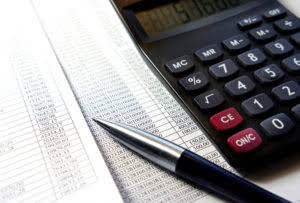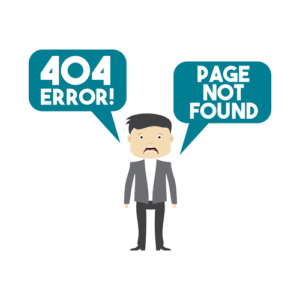
Likewise, this journal entry will increase the total expenses on the income statement by $3,000 while decreasing the total assets by the same amount of $3,000 ($63,000 – $45,000 – $15,000). The loss on disposal of fixed asset account in this journal entry is usually reported under the other expenses section of the income statement. Occasionally, a company continues to use a plant asset after it has been fully depreciated. In such a case, the firm should not remove the asset’s cost and accumulated depreciation from the accounts until the asset is sold, traded, or retired from service. Of course, the company cannot record more depreciation on a fully depreciated asset because total depreciation expense taken on an asset may not exceed its cost. To properly record the disposal of IT assets, you’ll need a few key documents.
Journal Entries for Asset Disposals

This journal entry is made to remove the $10,000 equipment that has been fully depreciated and is no longer useful for our business as of December 31. Likewise, there is no impact on the total assets of the balance sheet as the net book value of the fully depreciated equipment here is zero. To determine the gain or loss on sale, compare the sale price to the asset’s net book value. If the sale price exceeds the net book value, the difference is recorded as a gain on sale of asset. If the sale price is less than the net book value, the difference is recorded as a loss on sale of asset.
- In the final years, a switch to the straight-line method (or a simple adjustment) is often made to ensure the asset is depreciated down to its salvage value.
- The disposal value is a numeric amount that equates to how much the asset is worth at the date of its deposition.
- When a company disposes of part of an asset—whether through sale, retirement, or replacement—it must update its financial records.
- Dear auto-entrepreneurs, yes, you too have accounting obligations (albeit lighter!).
Loss on Disposal of Fixed Assets
The disposal of an asset is a significant financial transaction for any business, marking the end of an asset’s lifecycle within the company. It involves removing the asset from the balance sheet and recognizing any resulting financial impact. This process not only reflects operational decisions but also has implications for a company’s financial health and strategic planning. how to record disposal of asset In essence, the amount of depreciation expense you recognized to the date of sale increases the amount of gain you will record. Asset disposal is a critical process in the lifecycle of any asset, marking the point where an asset has either reached the end of its useful life or is no longer economically viable to maintain. The strategies for effective asset disposal are varied and complex, often requiring a nuanced understanding of market conditions, tax implications, and environmental regulations.
Proper Accounting for the Disposal of Fixed Assets
👉 It’s a quick removal of obsolete or broken assets that are cluttering space or potentially hazardous, though it may incur costs for disposal and can be labor-intensive. For assets that are not worth selling or donating, scrapping might be the only option. This typically involves dismantling the assets and disposing contribution margin of them as scrap material. If you can sell a fixed asset, it is because it has a value that is usually not its original purchase value. Let’s imagine a situation where you’re running a business that owns a delivery van.

Understanding Land Valuation in Accounting: Principles, Stability, and Reporting
The net effect of these cash flows provides stakeholders with a comprehensive view of how the disposal has affected the company’s financial position and its cash reserves. I have the recording equipment as a fixed asset, and I have created a depreciation account but never depreciated it. The disposal of property, plant, and equipment (PPE) is a crucial process in accounting that requires clear documentation and adherence to specific accounting standards. This post explores the key considerations and methods involved in disposing of PPE assets.
- To illustrate, let’s consider a company that decides to upgrade its fleet of vehicles.
- From an accountant’s perspective, the gain or loss is a measure of how well the asset retained its value.
- Let us look at a few asset disposal journal entries examples to understand the concept better.
- IFRS follows a similar approach but may require additional disclosures, particularly for asset disposals related to restructuring or impairment.
- The treatment depends on whether the asset falls under general business property or qualifies for specific tax elections.
- By following these steps, you can ensure that the disposal of your IT assets is recorded accurately and in line with best practices.
- To determine the gain or loss on sale, compare the sale price to the asset’s net book value.
There is no limit to the number of times entities can claim this relief. That said, one must remember that individuals’ claims must not exceed £1 million over their lifetime. Also, one may be able to claim a higher amount if they offloaded their assets before March 11, 2020. Maintaining an updated register ensures you can generate accurate financial reports. Pho My Life (PML) Noodle Shop has scrapped a piece of kitchen equipment that was not fully depreciated.
Disposal of Fixed Assets in Ledger Accounting

To record a disposal of an asset not fully depreciated, you’ll need to make a journal entry that reflects the asset’s remaining book value. This involves debiting a Loss on Write-Off account and crediting the respective Fixed Asset account for the book QuickBooks Accountant value. Depreciation is a crucial concept in accounting, and understanding it is essential for accurately recording asset disposals.
